12/02/2024
A dedicated team at the Università Politecnica delle Marche (UNIVPM) focuses on the agronomic perspective and defines food loss (FL) as the disparity between actual crop yield and potential crop yield. To assess and quantify this yield gap, an open field trial was established at the “Pasquale Rosati” experimental farm of UNIVPM in Agugliano, Ancona, Italy.
The field trial is an integral part of the FOLOU project’s efforts to address food loss at the primary production stage. By studying different agronomic management practices and tillage regimes, the research aims to identify strategies to mitigate yield losses and enhance crop resilience, ultimately contributing to the reduction of food loss and promoting sustainable agriculture practices. Three distinct agronomic management approaches under two soil tillage regimes have been identified, namely:
While comparing the “Business-As-Usual” and “Zero-Stress” management approaches enables the assessment of the disparity between actual and potential crop yields, the “Enhanced Conventional” method is tailored to address crop adaptation to climate change and holds promise for widespread adoption by farmers. Regarding tillage regimes, two distinct approaches are considered:
The study is evaluating these three management options and two tillage regimes across a four-year rotation scheme involving four key crops of Mediterranean cropping systems: wheat (Triticum durum), sunflower (Helianthus annuus L.), faba bean (Vicia faba minor L.), and maize (Zea mays L.).



Figure 1. :Map of the experimental design of the “macro-plot” trial (43°32’39.8” N 13°21’39.5” E); NDVI derived from multispectral data acquisition (Feb 9th, 2024); RGB orthophoto (Feb 9th, 2024).
Several proximal variables known to influence crop yield losses have been monitored, including the phenological stage, physiological status (such as transpiration, stomatal conductance, leaf temperature, and net photosynthesis), and yield components. Phenological indices are assessed at weekly intervals from the beginning of the growing cycle, while phenological surveys are conducted monthly.


Figure 2. Physiological and phenological surveys during the 2023 campaign.
Furthermore, stress indices are monitored remotely. Throughout the growing season, each crop is observed via remote sensing technology, employing a drone equipped with two multispectral cameras. It is notable that the spectral configuration of these cameras matches that of the Sentinel-2 satellite. Additionally, another drone outfitted with a thermal camera is utilized to monitor temperature, a critical stress indicator.
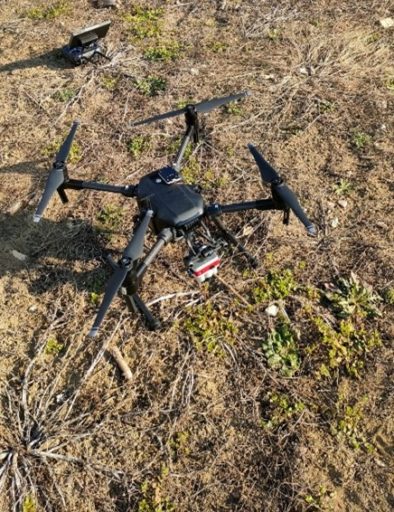

Figure 3. Drones at UNIVPM. Left: DJI Matrice 200 with Micasense Altum. Right: DJI Matrice 600 with Maia WV-2 and S2 multispectral cameras.
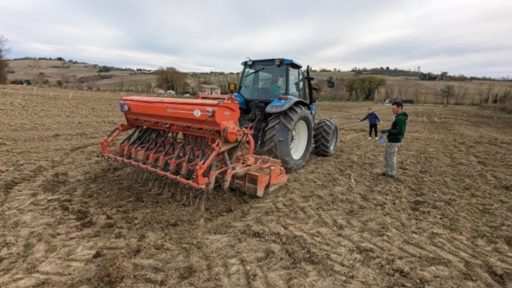
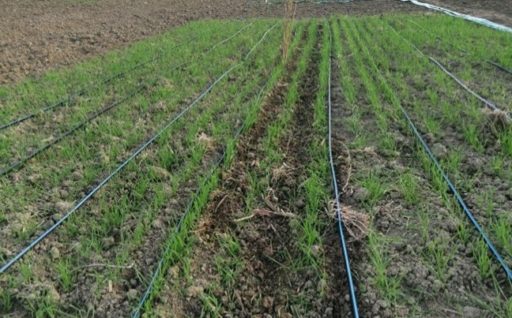
Figure 4. Left: Wheat sowing; wheat entering the initial tillering stage.
A notable addition to this year’s trial is the implementation of a network of soil moisture sensors exploiting LoRaWAN technology. These probes not only measure soil moisture but also monitor temperature and salinity. This data, combined with information from the weather station installed near the trial, aids in irrigation management. It is emphasized that water management is crucial, as water scarcity is one of the significant drivers of yield loss.
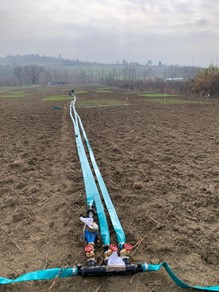
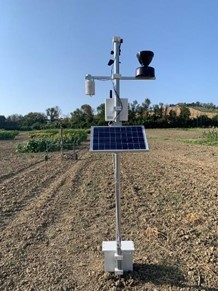
Figure 5. Irrigation system; Weather station.
Furthermore, remote sensing technologies are being utilized to monitor crop stress factors throughout the growing season. Drones equipped with multispectral and thermal cameras are employed for this purpose, providing valuable insights into crop health and stress levels.
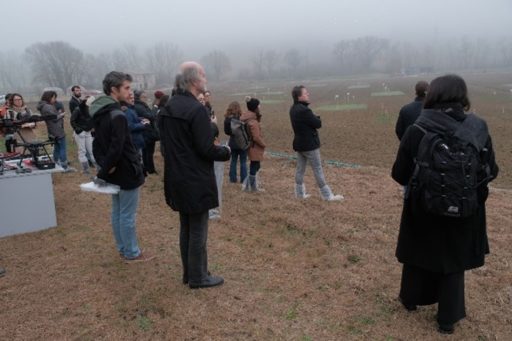
Figure 6. Visit to the experimental farm during the General Assembly hosted by the UNIVPM team in Ancona (Jan 26th, 2024).
For further information, please contact Dr. Chiara Rivosecchi (c.rivosecchi@pm.univpm.it).